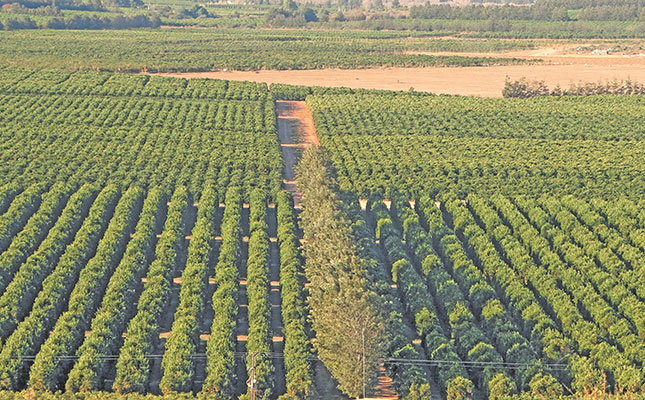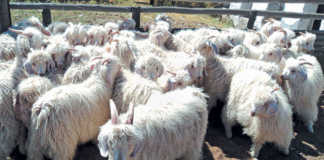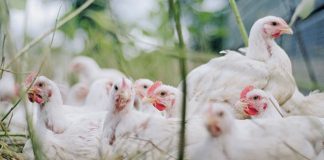
Photo: FW Archive
Justin Chadwick, CEO of the Citrus Growers’ Association of Southern Africa (CGA), said in a statement that the figures highlighted the extremely tough season growers had had to endure.
Some of the challenges faced this season included a surge in agricultural input and transport costs, as well as “astronomical shipping price hikes, which made the cost of getting fruit to the market commercially unviable for many growers”.
READ Citrus: a long-term vision for traditional communities
According to the statement, Southern African growers supplied 164,8 million (15kg-equivalent) cartons for exporting in 2022, which was 3,2 million cartons more than the previous season, but 5,7 million cartons fewer than the seasonal forecast.
Figures for the different varietals varied, however, with the volume of lemons exported increasing by 3,6 million cartons to 34,7 million cartons, or 2,4 million cartons more than predicted.
The number of cartons of Mandarin oranges increased by 900 000 cartons to 31 million cartons, but was 2,7 million cartons below the seasonal forecast, while the volume of navel oranges increased by 600 000 cartons to 27,8 million cartons, or 900 000 cartons below the forecast.
READ Botswanan citrus farmers join Citrus Growers’ Association
Grapefruit exports declined by 800 000 to 17,5 million cartons and those of Valencia oranges fell from 55 million to 53,8 million cartons.
Chadwick said the “unjustified and discriminatory new false codling moth regulations imposed by the EU mid-season further increased the financial strain and other risks for growers”.
He added that the ongoing decay of public infrastructure, such as roads, rail and port operations; erratic electricity supply; and a decline in real export prices were “squeezing margins to a point where only one in five farms was realising positive returns”.
While the industry was doing what it could to address these issues, farmers feared that many of these challenges would remain in the upcoming season.
Cornel van der Merwe, vice chairperson of the CGA and a farmer in the Onderberg region of the Western Cape, told Farmer’s Weekly that most of the citrus production regions around the country had been receiving good rainfall.
This would result in dams filling up and pointed to a good start to the production season.
However, on the marketing side, he expressed concern about the economic conditions in overseas countries, especially in South Africa’s export destinations, which could constrain consumer spending and add pressure to citrus prices.
READ Is SA’s rural economy on the road to ruin?
While there were indications that shipping costs could somewhat ease in 2023, Van der Merwe said he feared that this might not be enough.
“Shipping costs increased by more than 150% over the past two years, so a 10% to 15% reduction will not do. Prices need to come down to pre-COVID-19 pandemic levels.”
In additions, he said there were concerns that some of the country’s ports would not have the capacity or space to accommodate and follow the EU’s new false coddling moth regulations.
Chadwick said having export volumes fall below the seasonal forecast was disconcerting because average growth prospects of about 10 million cartons per year for the next decade would now not be realised.
Therefore, estimates of reaching an export target 200 million cartons in the next five years and 260 million in the next 10 years would now be off the cards.
Producing such volumes would have enabled the industry to create an additional 100 000 jobs and generate an additional R20 billion in annual revenue, which would have brought its total contribution to 240 000 jobs and R50 billion in revenue.










